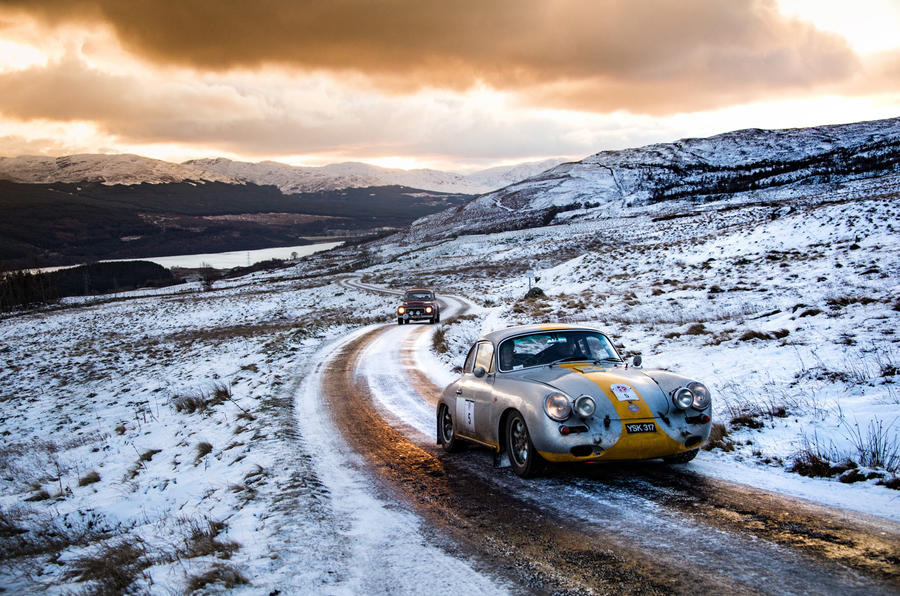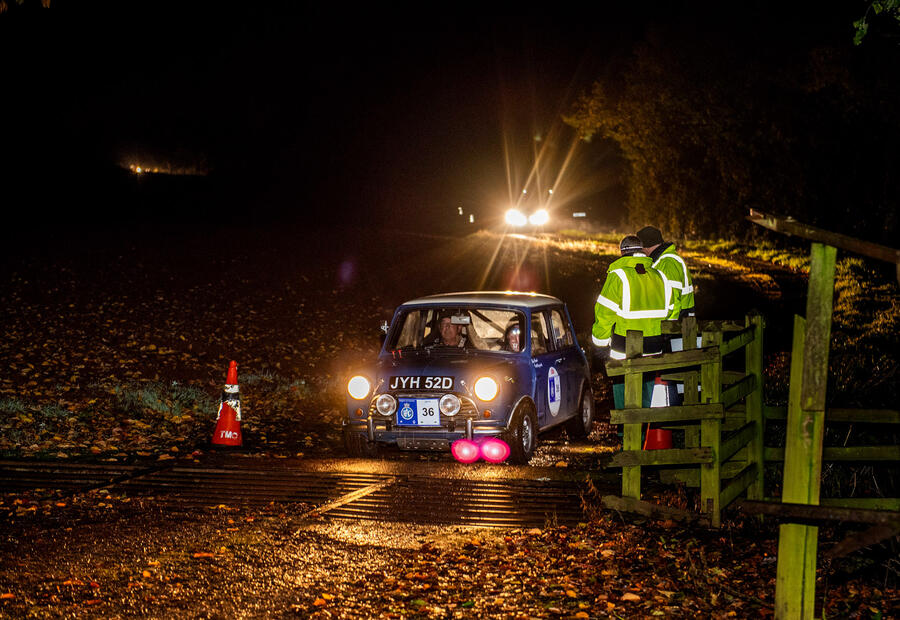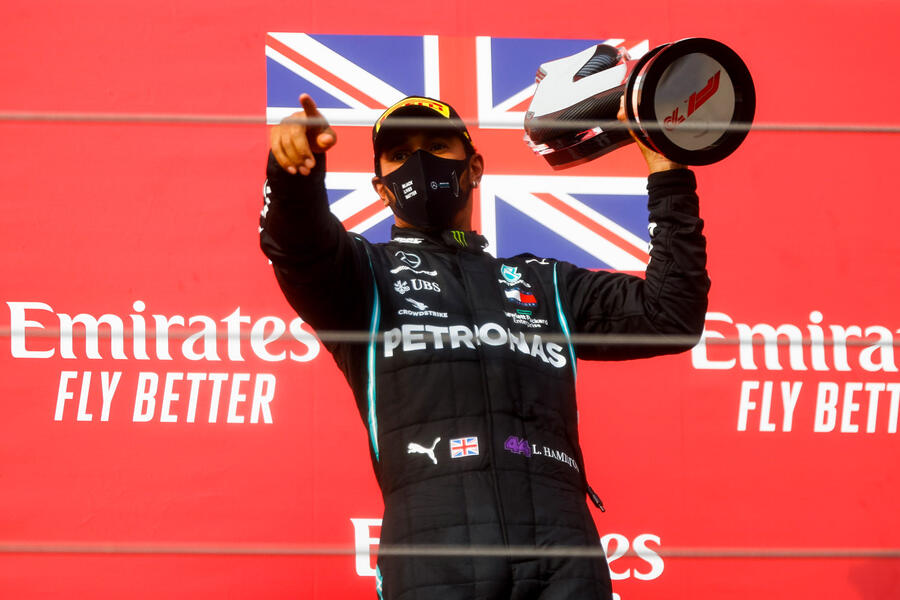Good news is thin on the ground right now. As such, Formula E’s new era as an FIA World Championship is off to a false start as retightened travel restrictions scuttled the first rounds of 2021, due in Chile on 16/17 January. Season seven is now scheduled to start in Saudi Arabia in late February, but there has to be an asterisk next to every race on the calendar at present. We can be certain of nothing.
Pessimism isn’t a natural state of mind for motorsport types, though, and there’s genuine hope that by the spring, when the mainstream season begins, events will run as planned, perhaps even with spectators.
“I’m very confident about 2021,” British Touring Car Championship boss Alan Gow told us recently. “Certainly by the first round at Easter [at Brands Hatch on 4 April], there will be spectators. The mood of the nation is lifting, particularly with the vaccines. There will be social distancing rules until the whole country is out of the woods, but I don’t have any concerns about that. As long as we can have spectators back and teams can have their hospitality back, we’ll be fine.”
History today
Like the world’s money markets, motorsport feeds off optimism. That’s why, in the wake of the current gloom, it was heartening to read upbeat findings from a new report into the health of historic and classic motoring and racing. Commissioned by Hero-Era (Historic Endurance Rallying Organisation – Endurance Rally Association), the long-established organiser of global marathons for old cars, it offered a perspective on a British industry that’s said to generate an annual turnover of £18.3 billion.
The headline figure that really caught my eye is that the old-car business employs a total of 113,000 people in the UK – 11.3% of the jobs in the general motor industry – so is comparable in scale to ports (115,000 employees) and the arts (137,000). Such numbers, along with the figure of apparently 700,000 historic and classic vehicle owners in the UK, underline just how significant this pastime sector has become.
Along with economics, the report looked into the environmental impact of the old-car world. Classic cars are driven on average 1200 miles per year, with the average user producing 563kg of CO2 emissions, we’re told. That leaves room for improvement, as Hero-Era acknowledges, but the report offers the context that spending money on old cars is far better for the environment than taking short-haul holidays. Such a report should be handy when the old-car world is forced to justify its existence as a relatively harmless yet expansively large hobby, hopefully reminding regulators that there are far bigger targets to chase when it comes to the necessary slashing of global emissions.












Add your comment